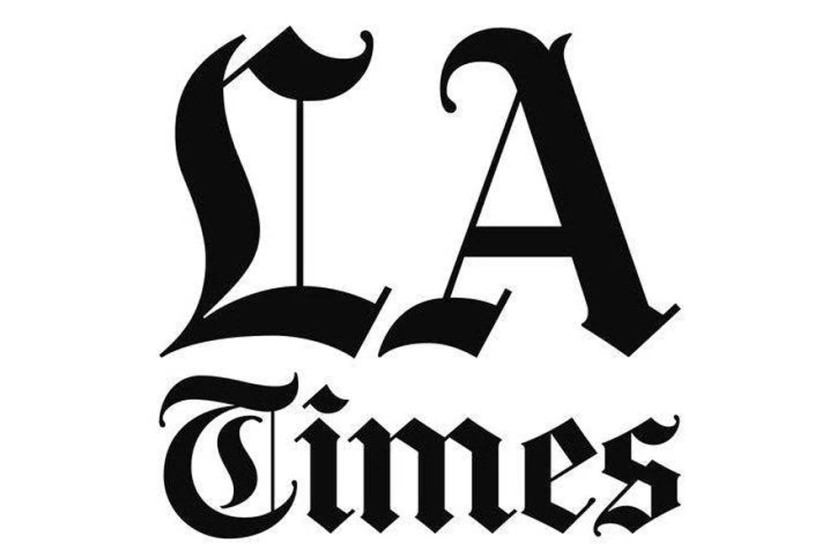Guggenheim examines impact of racial injustice on Basquiat’s work
- Share via
Nora Quintanilla New York — Jean-Michel Basquiat’s unfiltered take on the 1983 death in police custody of African American graffiti artist Michael Stewart is the keystone of a new exhibition at New York’s Guggenheim Museum.
Basquiat (1960-1988) painted The Death of Michael Stewart - also known as Defacement - on a wall of the studio of his friend and fellow artist Keith Haring.
Thirty-six years later, a piece never meant to be publicly shown, much less offered for sale, will go on display Friday in the exhibit Basquiat’s Defacement: The Untold Story, which includes newspaper clippings about Stewart’s death and related works by other artists.
Stewart, 25, who danced in a Madonna music video, was detained by New York City Transit Police at 2.50 am on Sept. 15, 1983, after allegedly spraying graffiti on a wall inside a subway station.
By the time police brought him to Bellevue Hospital at 3.22 am for “psychiatric observation,” Stewart was comatose. He died 13 days later.
The event traumatized many people in the New York art and cultural community, including Haring, Andy Warhol and George Condo, but held a special significance for Basquiat as the then-23-year-old son of a Haitian immigrant.
“I think when you look at his works that deal with black tragedy and you look at this (Defaced), they are very different. We’ll never know how it was created but he was in Keith Haring’s studio and they were having a really heartfelt conversation and I think the honesty came out in the wall,” the exhibition’s curator, Chaedria LaBouvier, told EFE.
Basquiat painted a dark figure being attacked by two cops. Above the scene, he scrawled the word “defacement,” the common law enforcement term for graffiti, amid question marks.
“It really challenges the idea that Michael Stewart was a graffiti artist. He knew all of these artists, people who were not painters, he was in Madonna’s video,” LaBouvier said. “I think he thought of himself as an artist, might think that the community considered him as an artist and we really need to think of him as an artist instead of this person that this happened to.”
She pointed to a fundamental contrast between The Death of Michael Stewart and other works by Basquiat.
“It’s by what’s not in the work. You look at the other paintings like Tuxedo, which is this monument to majesty and achievement and, you know, it’s a great time in his life, it’s devoid of that,” the curator said.
“If you look at Charles The First or CPKR, which are investigations into Charlie Parker and the tragedy of that, but there are also this ennobling aspects, like he is aligning Charlie Parker with Superman and Thor ... Charles the First, the English monarch,” she said.
“This is devoid of those signifiers of majesty of nobility and it’s really him just approaching the work or the wall without a filter, because I think he knew it was a safe space in that he wasn’t going to be, it wasn’t going to be seen, whereas these works I think he knew that they would go out into the world,” LaBouvier said.
Along with works by Basquiat, the event includes pieces by the likes of Warhol (1928-1987) and Haring (1958-1990) that the Guggenheim describes as “testaments to the solidarity experienced among artists at the time.”
Defacement, LaBouvier said, was the most personal painting left by Basquiat, who died at 27 of a drug overdose, as none of his other works deals with an event that affected him so directly. EFE
nqs/dr



